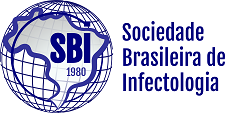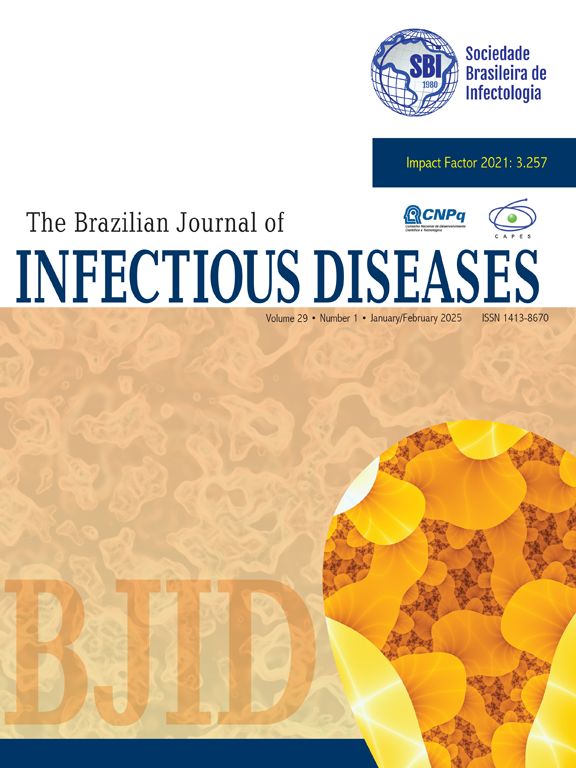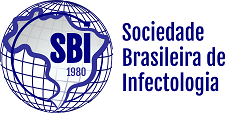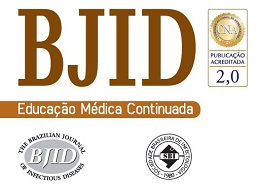Data: 18/10/2018 ‐ Sala: 1 ‐ Horário: 15:40‐15:50 ‐ Forma de Apresentação: Apresentação oral
Introdução: Infecções de corrente sanguínea representam importante causas de morbimortalidade em pacientes em terapia intensiva. Tem‐se demonstrado impacto benéfico de métodos microbiológicos rápidos para acelerar o resultado da identificação e de testes sensibilidade dos agentes infecciosos aos antimicrobianos como estratégia eficaz na assistência desses pacientes e, assim, contribuir para apropriação do antibiótico empírico mais rápido e dirigido para o correto tratamento dessas infecções.
Objetivo: Determinar o tempo necessário para a identificação e perfil de sensibilidade da bacteremia por bacilos Gram negativos (BGN) com o uso de EM MALDI‐TOF e avaliar a adequação da terapia antimicrobiana empírica com desfechos clínicos.
Metodologia: Estudo prospectivo feito nas UTIs de março a julho/2018. Foram incluídos pacientes com hemocultura positiva para BGN após 48 horas da admissão e seguidos até alta da UTI ou morte após o primeiro episódio de ICS. Informações de idade, sexo, origem da ICS, PITT escore, agente microbiano isolado, perfil de sensibilidade, mortalidade em 14 e 30 dias e uso de antibiótico empírico foram coletadas.
Resultado: Analisamos 30 pacientes com ICS por BGN e a média de idade foi de 54±15 anos, 63% dos pacientes masculinos. Deles, 73% apresentaram PITT escore ≥ 6. Em relação à origem da ICS, 70% eram primárias, 20% secundárias a pneumonia e 10% tiveram outros sítios. Dentre os agentes microbianos, 37,5% eram Klebsiella pneumoniae, 21,9% Acinetobacter baummannii complex, 3,1% Pseudomonas aeruginosa e 37,5% outras enterobactérias. O tempo para identificação dos BGN pelo Gram foi em média 21±7 horas e pelo MALDI em média 52±27 horas. A média do tempo total para o isolamento, identificação e resultado de teste de sensibilidade (TSA) foi 3,6±1,8 dias. A taxa de mortalidade geral foi de 57%, 18% e 29% em até 14 e 30 dias, respectivamente. A taxa de uso de antibiótico empírico apropriado foi 73%. O uso de antibiótico empírico apropriado foi correlacionado com o PITT escore ≥ 6 (p=0,016), entretanto não houve correlação para o desfecho óbito (p=0,242).
Discussão/conclusão: Apesar de a EM MALDI‐TOF ser usada, a adequação da antibioticoterapia é feita somente após o resultado do TSA (média 3,6 dias). Propõe‐se fazer uma intervenção em tempo real para adequar a terapia precoce e dirigida baseada na identificação do agente diretamente da hemocultura e avaliar o impacto dessa intervenção em desfechos clínicos e econômicos.





